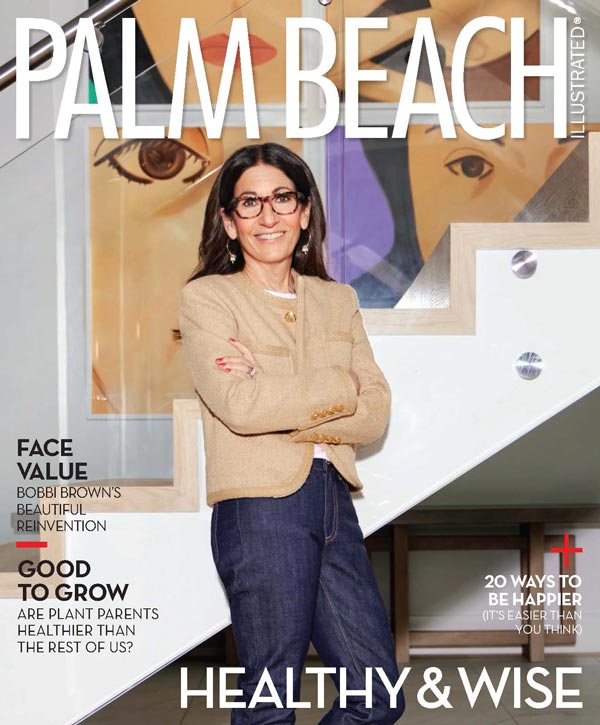Rosé Champagne has always been a rare and even exotic commodity, and not by accident. In the modern era, most major Champagne houses have traditionally kept the production of rosé to a minimum, in order to stimulate both high prices and intense demand. The strategy has worked, and consumers tend to think of rosé as festive Champagne for the most special of occasions.

Ironically, Champagne began in the Middle Ages as a pink still wine. Vintners in the region were competing with their southern neighbor, Burgundy, and Pinot Noir was allowed to dominate the blend. As time went on, public opinion shifted toward a preference for pale Champagne, whether that wine was made from Chardonnay or black grapes. Dom Ruinart claims to have produced the first modern rosé in 1764, and Clicquot followed suit in 1818, but the wine was very far from an everyday commodity until recently. The house of Moët et Chandon introduced Dom Perignon Rosé in 1959, and since 2000 has been releasing its Brut and Grand Vintage Rosé in exceptional years.
For those who associate pink wine with cloying sweetness, there is nothing to fear: most rosé has levels of dosage similar to regular Champagne. It does tend to be richer, due to laws in the region that allow for the addition of still red wine into the blend—the only place in France where the practice is allowed. As a result, rosé is a Champagne that can easily complement most main courses, as well as serving in the traditional roles of aperitif or accompaniment to dessert.

The recently released Moët et Chandon Grand Vintage Rosé 2008 ($90) has a deep pink color and focused streams of tiny bubbles. The wine is the product of a cool year (relatively speaking, in this age of climate change), so the acidity is high. The nose exudes whiffs of wild strawberry and rhubarb; it is ripe and meaty in the mouth, with a range of earthy red fruits and just the slightest touch of blackberry. With excellent palate persistence and a long finish, the wine is just short of decadent, and would make a perfect match with salmon, tuna, poultry and game dishes.
Mark Spivak is the author of Iconic Spirits: An Intoxicating History (Lyons Press, 2012) and Moonshine Nation (Lyons Press, 2014); his first novel, Friend of the Devil, is now available from Black Opal Books. For more information, go to amazon.com.







Facebook Comments